This academic journal article argues the specific challenges bisexual asylum seekers, who are claiming asylum on grounds of sexual orientation, face in the refugee status determination (RSD) process. The article opens with a background on the United States’ asylum seeking processes/ Until the early 1990s, people who engaged in same-sex relations were universally banned from entering the United States on humanitarian grounds; in 1979, this was extended to bisexual people, or to any person who admitted to having engaged in same-sex sexual relations. These laws have changed, and current asylum laws cover persecuted bisexual people in the same manner as other persecuted groups.
The paper then provides an overview of the asylum process in the United States and the role of individual Immigration Judges in granting asylum. This section is substantiated through legal precedent. The concept of immutability is explored at length starting in this section. The following section specifically considers the difficulties in sexual minority asylum claims, considering the role of asylum officers and judges; judicial bias and misunderstanding; and specific challenges for bisexual asylum seekers. The latter section uses Sempagala v Holder, wherein a bisexual man was denied asylum because he could not prove his bisexuality or that he feared persecution in Uganda, as a case study on the ways judicial bias and misunderstanding can affect bisexual applicants. This section highlights the ways that misunderstandings around and biases against bisexual people have a serious impact on asylum applications.
The paper then moves into a discussion of the changing views of immutability (the immutability of a persecuted characteristic, such as sexual orientation, is the crux of asylum claims). This section also discusses the myth that applicants will claim to be bisexual/gay/lesbian in order to gain asylum. The article then considers the legal precedent set in United States v Windsor, wherein the United States Supreme Court handed down a ruling that progressed a more nuanced understanding of sexual orientation in respect to asylum seeking. The paper then moves into a conclusion calling upon the United States legal system to adapt its understanding of sexuality across cultures.





